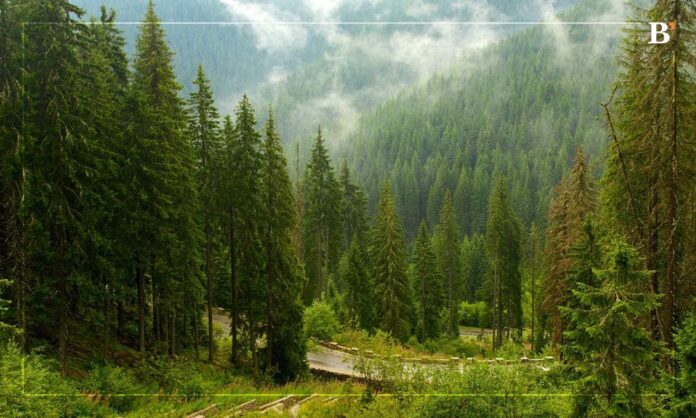Key Highlights
- The loss of tree cover across the United States is a growing concern, with wildfires ravaging the West Coast and rising sea levels swallowing forests along the East.
- This loss not only affects the beauty of nature but also significantly impacts atmospheric carbon dioxide levels and climate change.
NASA research scientist Jon Ranson is working to address this issue by improving new technologies for studying trees from above. This could lead to more accurate forest health assessments in future Earth-observing missions.
According to Ranson, trees play a critical role in sequestering carbon dioxide and mitigating climate change. However, they are also sensitive to climate changes, making it essential to detect early signs of changes in forest ecosystems.
By measuring the wavelengths of light reflected by plants from aircraft and satellites, scientists can determine the amount of photosynthesis occurring and, therefore, the amount of atmospheric carbon dioxide trees absorb and store.
Advanced Technology Helps In Providing Insights
The current standard for studying vegetation is NDVI, which stands for Normalized Differential Vegetation Index. This method has been used for 40 years and provides a low-resolution but accurate picture of forest health. However, Ranson and his team are exploring a more advanced technology called hyperspectral imaging, which breaks down infrared and visible light into many more wavelengths to provide insight into plants’ water content, chlorophyll, and even changes in health.
Hyperspectral imaging provides more detailed information than NDVI and can help researchers identify changes in forest health more accurately. However, it requires advanced data analysis techniques that are still being refined on the ground before future orbital missions can use them.
To address this, Ranson’s team used a Skyfish drone (UAV) equipped with a visible and infrared (VIS/IR) hyperspectral camera and lidar equipment to study forests near Blacksburg, VA, in a region called Mountain Lake. By comparing their UAV observations with actual CO2 levels recorded by sensors on a nearby National Ecological Observatory Network tower, Ranson’s team could refine calculations about how much carbon the forest removed from the atmosphere.
Ranson plans to add short-wave infrared sensors to better distinguish reflections from leaves and other parts of plants, which will help eliminate possible sources of error. His work aligns with the National Academies of Science’s most recent Earth Science decadal survey, which lists “surface topography and vegetation,” including forests, as a key area of study in need of more advanced technology.
“Strategically for NASA, and more broadly for the remote sensing community, hyperspectral is one of the areas we see as the future,” said Ian Adams, Earth Sciences Division Technologist at NASA’s Goddard Space Flight Center.
By developing advanced technologies and techniques for studying trees from above, Ranson and his team hope to provide more accurate assessments of forest health and help mitigate the impact of climate change.




